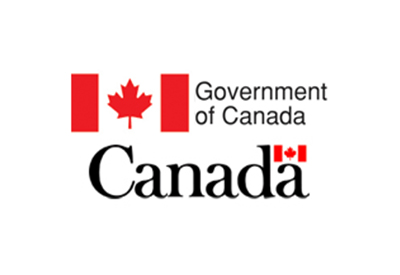Canada Invests in Skilled Trades Awareness and Readiness Program

August 16, 2022
Now more than ever, skilled tradespeople are in high demand to fill well-paying jobs and build rewarding careers. Approximately 700,000 skilled trades workers are expected to retire in Canada by 2028, creating an ever-growing need to recruit and train thousands more. That is why the Government of Canada is making targeted investments to remove barriers and get more Canadians the apprenticeship training they need to build good, well-paying careers in the skilled trades.
The Minister of Employment, Workforce Development and Disability Inclusion, Carla Qualtrough, announced over $33 million over five years for the Skilled Trades Awareness and Readiness (STAR) program. The STAR program encourages Canadians—particularly those facing barriers, such as women, Indigenous people, visible minorities, newcomers, persons with disabilities and youth—to explore and prepare for careers in the skilled trades.
As part of today’s announcement, Minister Qualtrough highlighted $2.8 million in funding to Selections Career Support Services for their project, Get Ready in Trades (GRiT). This project will support youth with disabilities to overcome barriers to relevant training and meaningful employment within the skilled trades. GRiT will help youth pre-apprentices with disabilities in providing flexible and individualized career plans, skills enhancement and work experience opportunities to empower them to explore and prepare for careers in the skilled trades.
To further support hiring of new apprentices, the Government of Canada recently announced close to $247 million for 13 projects under the Apprenticeship Service that will help small and medium-sized enterprises hire more than 25,000 first-year Red Seal apprentices and provide them with the hands-on experience and training they need to become certified journeypersons.
Quick Facts
- The Government of Canada is investing nearly $1 billion annually in apprenticeship supports through grants, loans, tax credits, Employment Insurance benefits during in-school training, project funding, and support for the Red Seal program. Announced in Budget 2019, the Canadian Apprenticeship Strategy will strengthen existing apprenticeship supports and programs by helping apprentices and key apprenticeship stakeholders, including employers, to participate and succeed in the skilled trades.
- According to the Canadian Apprenticeship Forum, to meet the demand for skilled journeypersons in Red Seal Trades, an average of around 75,000 new apprentices will need to be hired per year in the next five years. Top trades most at risk of not meeting the demand include welder, industrial mechanic (millwright), bricklayer, boilermaker, cook and hairstylist.
- Demand for construction trades is likely to remain high. According to Buildforce Canada, the industry needs to recruit 309,000 new construction workers over the next decade (2021 to 2030), driven predominantly by the expected retirement of 259,100 workers (22% of the current labour force).
- The COVID-19 pandemic has had a significant impact on Canada’s apprenticeship systems. Apprenticeship data from 2020 shows the largest year-over-year declines in new apprenticeship registrations and certifications since the data series began in 1991.
- There were 55,455 new apprenticeship registrations in 2020, a decrease of 28.5% (-22,119) from 2019.
- There were 26,376 apprentices who received a trade certificate in 2020, a decrease of 31.5% (-12,138) from 2019.
- In Canada, young women continue to be less likely to express interest in a career in the skilled trades. According to a survey done by the Organisation for Economic Co-operation and Development, only 2% of 15-year-old female students indicated that they were definitely planning to pursue a career in the skilled trades.
Backgrounder: Skilled Trades Awareness and Readiness Program

















